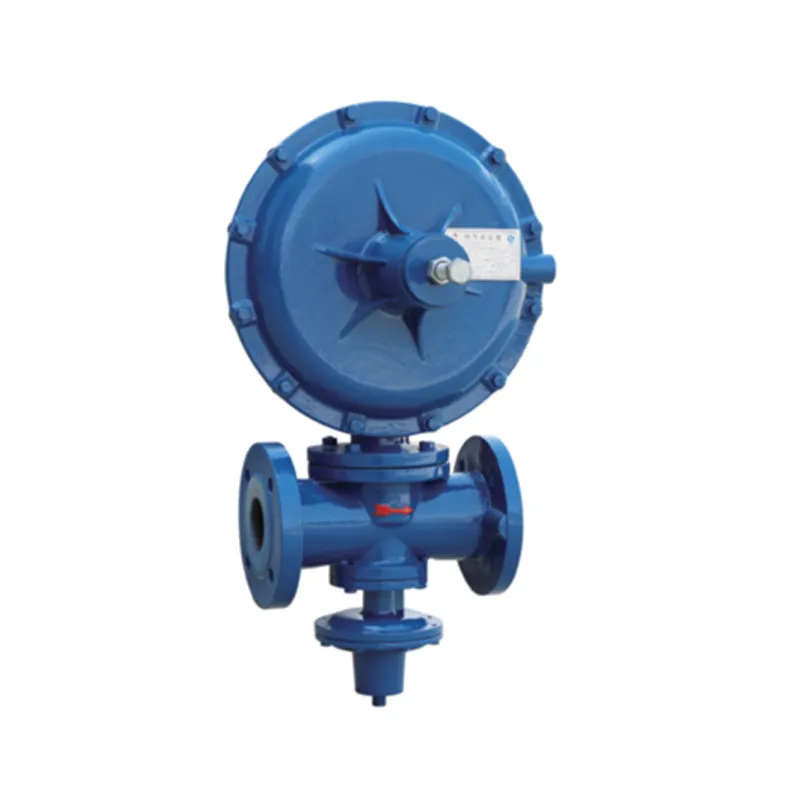
Nov . 21, 2024 22:23
Back to list
pressure vessel
Understanding Pressure Vessels Design, Applications, and Safety
Pressure vessels are critical components in various industrial applications. Designed to hold fluids or gases at a pressure significantly different from the ambient pressure, these vessels are ubiquitous in sectors such as oil and gas, chemical processing, water treatment, and power generation. This article will explore the fundamental characteristics of pressure vessels, their applications, design considerations, and safety protocols necessary to prevent accidents.
Definition and Types of Pressure Vessels
A pressure vessel is a container designed to hold gases or liquids at a pressure that can be higher or lower than the ambient atmospheric pressure. These vessels can be classified into several types based on their shape and pressure conditions
1. High-Pressure Vessels Used in applications that require systems to hold gases or liquids at high pressures, such as in natural gas storage and transport. 2. Low-Pressure Vessels Suitable for storing liquids at pressures close to atmospheric pressure, often utilized in water storage tanks.
3. Spherical Vessels Known for their ability to handle high pressure, spherical vessels are often used in the chemical and gas industries.
4. Cylindrical Vessels The most common type of pressure vessel, cylindrical designs are often found in boilers and heat exchangers.
5. Vertical and Horizontal Vessels Depending on space constraints and operational requirements, pressure vessels can be oriented either vertically or horizontally.
Applications of Pressure Vessels
Pressure vessels serve a variety of important functions in numerous industries. Some common applications include
- Oil and Gas Used extensively in the extraction, storage, and transportation of hydrocarbons under pressure.
- Chemical Manufacturing Vessels designed to maintain specific temperatures and pressures during chemical reactions
.- Food and Beverage Industry Employed for processes such as sterilization and carbonation, ensuring product safety and quality.
- Power Generation In steam boilers, pressure vessels play a critical role in generating steam for electricity production.
- Water Treatment Used in filtration and purification processes, helping to maintain safe drinking water supplies.
pressure vessel

Design Considerations
Designing a pressure vessel involves rigorous calculations and adherence to various codes and standards, such as the ASME Boiler and Pressure Vessel Code. Important design factors include
- Material Selection The choice of materials must consider factors such as temperature, corrosion resistance, and mechanical strength. Common materials include stainless steel, carbon steel, and various alloys.
- Thickness Calculation The wall thickness of the vessel must be calculated to withstand the internal pressures without yielding or rupturing.
- Safety Features Pressure relief valves, burst discs, and other safety devices must be incorporated to prevent overpressure scenarios that could lead to catastrophic failures.
- Load Assessments Engineers must account for additional loads such as weight, temperature effects, and external forces when designing the vessel.
Safety Measures
Safety is paramount when working with pressure vessels. Implementing strict safety protocols and regular inspections can prevent hazardous incidents. Key safety measures include
- Regular Maintenance and Inspections Routine checks to identify any signs of wear, corrosion, or other damage are vital in preventing failures.
- Pressure Testing Before commissioning, vessels undergo pressure testing to ensure they can withstand operational pressures.
- Training Workers must be adequately trained in handling pressure vessels to understand the risks and proper operational procedures.
- Emergency Protocols Establishing emergency response plans in case of a failure or leak ensures that safety is prioritized in critical situations.
Conclusion
Pressure vessels play an essential role in modern industries, enabling various processes that rely on the containment of fluids and gases under pressure. Understanding their design, applications, and safety requirements is crucial for engineers, operators, and safety personnel. By adhering to established standards and implementing rigorous safety measures, the risks associated with pressure vessels can be significantly mitigated, ensuring safe and efficient operations across industries.
Next:
Latest news
-
Safety Valve Spring-Loaded Design Overpressure ProtectionNewsJul.25,2025
-
Precision Voltage Regulator AC5 Accuracy Grade PerformanceNewsJul.25,2025
-
Natural Gas Pressure Regulating Skid Industrial Pipeline ApplicationsNewsJul.25,2025
-
Natural Gas Filter Stainless Steel Mesh Element DesignNewsJul.25,2025
-
Gas Pressure Regulator Valve Direct-Acting Spring-Loaded DesignNewsJul.25,2025
-
Decompression Equipment Multi-Stage Heat Exchange System DesignNewsJul.25,2025

